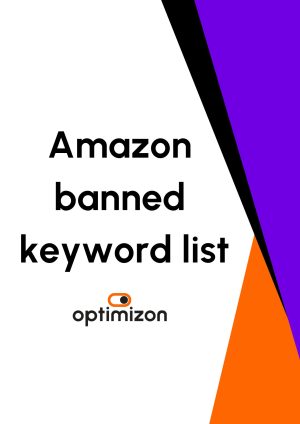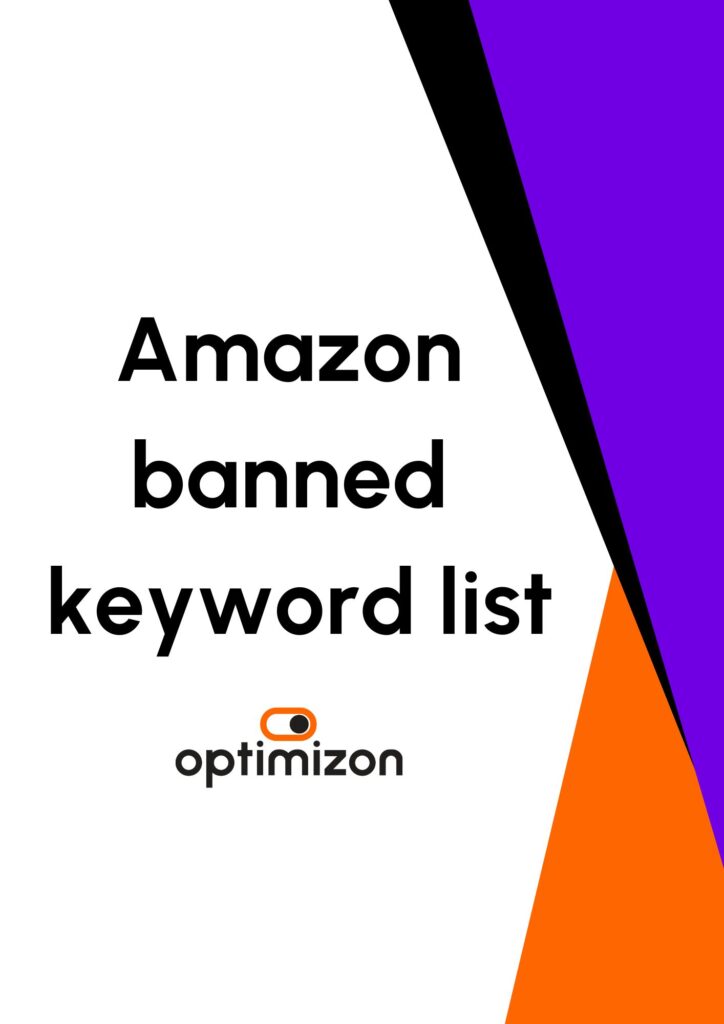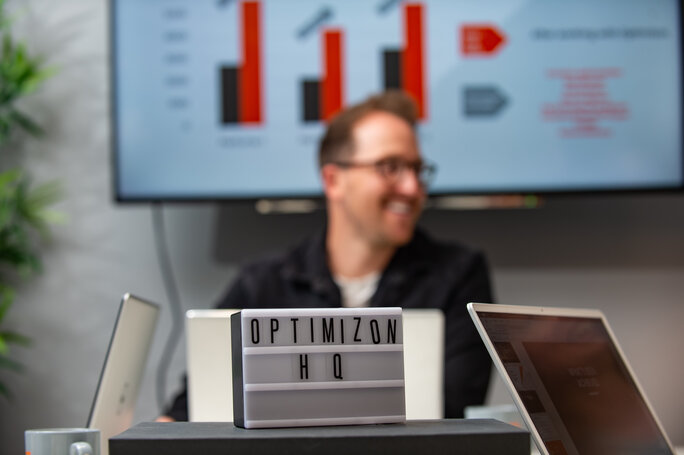If you’re here, you probably want to get your head around VAT. Well, you’re in the right place. VAT, or Value-Added Tax, might sound like something only accountants should worry about, but if you’re selling goods or services, especially on marketplaces around the globe, understanding VAT is a must. Let’s dive into the wonderful world of VAT, and it might even be more exciting than it sounds!
What is VAT?
So, what exactly is VAT? In simple terms, VAT is a consumption tax added to the value of goods and services at each stage of the supply chain. Unlike sales tax, which is only added at the final sale to the consumer, VAT gets slapped on every time value is added—from raw materials to manufacturing, wholesaling, and retailing.
VAT is charged whenever “value” is added in the supply chain. For example, when a supplier of raw materials sells goods to a manufacturer, VAT is added to the sale. This process continues as the manufacturer sells to the wholesaler, the wholesaler to the retailer, and finally, the retailer to the consumer. Phew!
VAT in the UK and EU
In the UK, the standard VAT rate is 20%, but not everything falls under this. Some goods and services are subject to a reduced rate of 5% or are exempt or zero-rated for VAT purposes. The EU, on the other hand, has varying VAT rates depending on the member state. You can find more details on the UK VAT rates here and EU VAT rates here.
Requirement: If you sell goods in any European country, you may need to register for VAT in each country where you sell.
Factors Affecting VAT Registration:
- Business Establishment: Where your business is based.
- Fulfilment Model: How you fulfil orders.
- Annual Sales: Your total sales per year.
How Does VAT Work?
If your business is required to collect VAT, here’s the scoop:
- When buying goods or services, businesses pay VAT on top of the purchase price and remit it to the tax authority.
- When selling goods or services, customers pay VAT, which the business then remits to the tax authority.
- Tax authorities usually require VAT filings monthly or quarterly, depending on the region and business size.
For instance, if a company in the UK charges £2000 in VAT on products sold but pays £1000 in VAT on purchases, they would owe HMRC £1000 in VAT. Simple, right?
Sales Tax vs. VAT
Sales tax and VAT might seem like twins, but they’re quite different. Sales tax is collected only at the point of final sale to the end consumer, whereas VAT is collected at every stage of the supply chain. This means tax jurisdictions receive revenue throughout the supply chain with VAT, rather than waiting until the final sale.
Recent VAT Changes in the UK and EU
Making Tax Digital (MTD):
Launched in 2019, MTD is a UK initiative to digitalise tax submissions. If you’re VAT-registered, you need to:
- Check your compliance status.
- Use compatible software like Xero, QuickBooks Online, or Sage.
- Charge, reclaim, and record VAT digitally.
For Amazon sellers, this means reporting sales daily as per Amazon’s settlement periods. HMRC understands the challenge and allows reporting based on settlement data.
Brexit and VAT
Brexit brought several changes for Amazon sellers:
- Separate EORI numbers are needed for the UK and EU.
- Sellers must register brands separately in the UK and EU.
- The 2021 EU VAT Ecommerce Package was introduced to streamline VAT compliance.
The 2021 Ecommerce VAT Package
This EU package introduced:
- A €10,000 micro-selling exemption across the EU.
- The One Stop Shop (OSS) for centralised VAT returns.
- The Import One Stop Shop (IOSS) for smoother customs processes.
- Marketplace Facilitator VAT (MFV) obligations.
Registering for VAT
If you store stock in the EU, you must register for VAT in that country, regardless of your sales volume or whether you’re registered for OSS or IOSS. For Amazon sellers, Amazon usually requires a VAT registration number to manage its VAT obligations effectively.
Calculating VAT
Amazon VAT Calculation Service (VCS):
Amazon offers a VCS that can automatically handle VAT calculations, collection, and remittance, but the responsibility for VAT compliance ultimately rests with the seller. Ensure you know if VCS is enabled in your Amazon account.
Importing Goods:
When importing goods into the EU or UK, you’ll pay VAT and customs duties. Calculate customs duties based on the cost, insurance, and freight (CIF) value, and VAT on the total value (goods + shipping + duties).
Remitting VAT
Under MFV rules, Amazon collects and remits VAT on behalf of sellers for certain transactions. However, you still need to keep track of remitted VAT for record-keeping purposes. Amazon provides detailed VAT remittance reports in Seller Central.
Filing VAT Returns
For UK sellers, VAT returns (usually quarterly) must be submitted to HMRC. For EU sellers, returns are filed in each country where you’re registered, typically via OSS or IOSS. Accurate bookkeeping is crucial, and tools like our partners, Taxually, can help automate this process.
Tax Representation
Non-EU sellers may be required to designate a Tax Representative in certain EU countries. The Tax Representative acts on behalf of non-resident companies for VAT purposes and shares liability for VAT debts. Additional requirements for Tax Representation may involve bank guarantees and extra fees, which vary depending on the country and service provider.
Accounting for VAT
Proper VAT accounting ensures compliance, accurate financial reporting, and preparedness for audits. Misrecording transactions, like treating Amazon deposits as pure income, can lead to compliance issues. Tools can help accurately reconcile Amazon payouts, ensuring you correctly capture various VAT transactions.
VAT and Amazon Expenses
Most Amazon expenses in the UK and EU are subject to the Reverse Charge mechanism, meaning no upfront VAT payment is needed. However, advertising fees billed from the UK require upfront VAT payment, so keep detailed records for reclaiming VAT later.
Wrapping Up
Understanding VAT is vital for any business selling goods or services, particularly online. Keeping accurate records, staying compliant with VAT laws, and using tools and services like Taxually and Optimizon can streamline the process, ensuring you focus on what you do best —growing your business. If you’d like to find out more about our partnership with Taxually and how we can help you grow your business across Europe, get in touch today.





